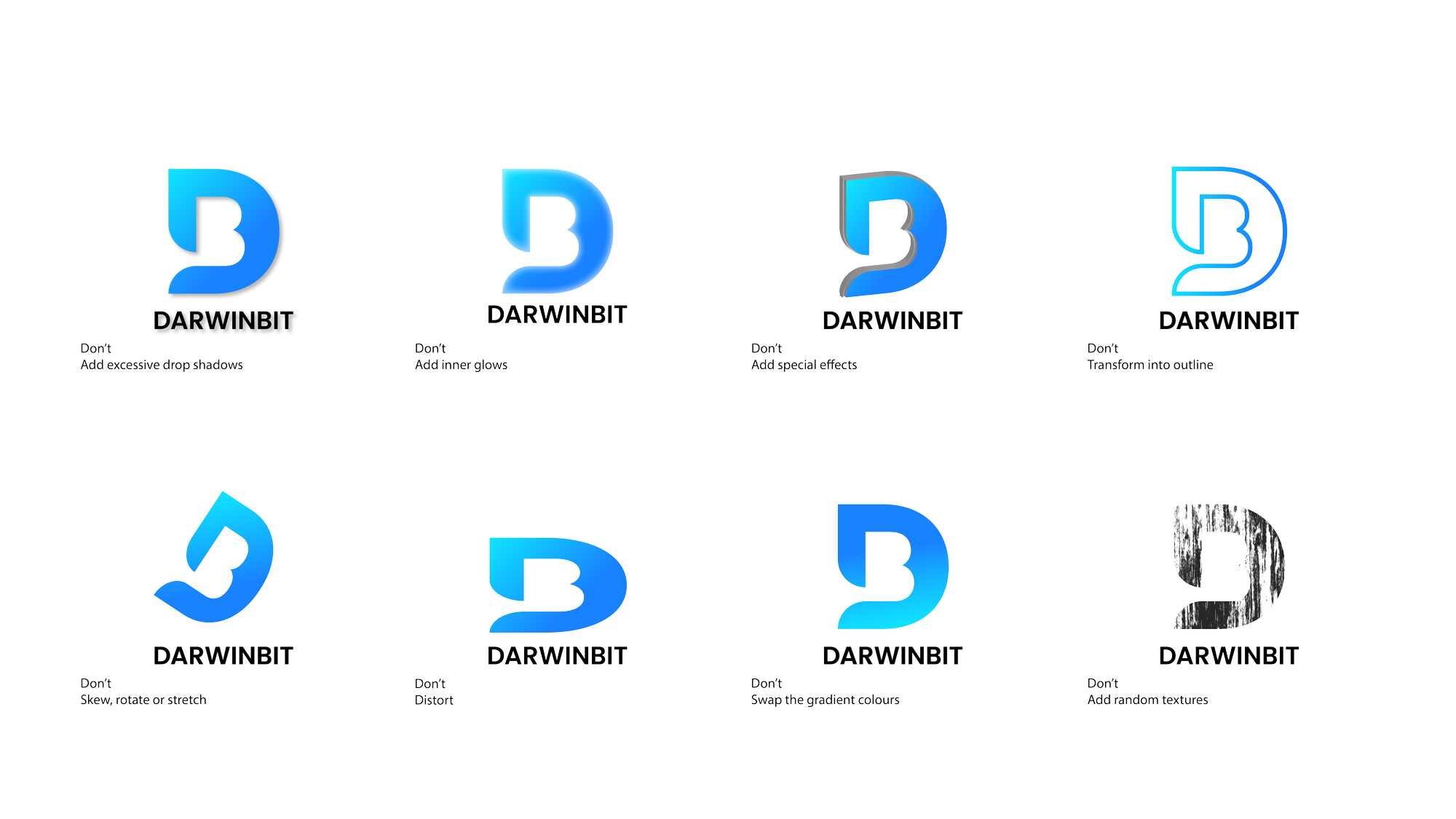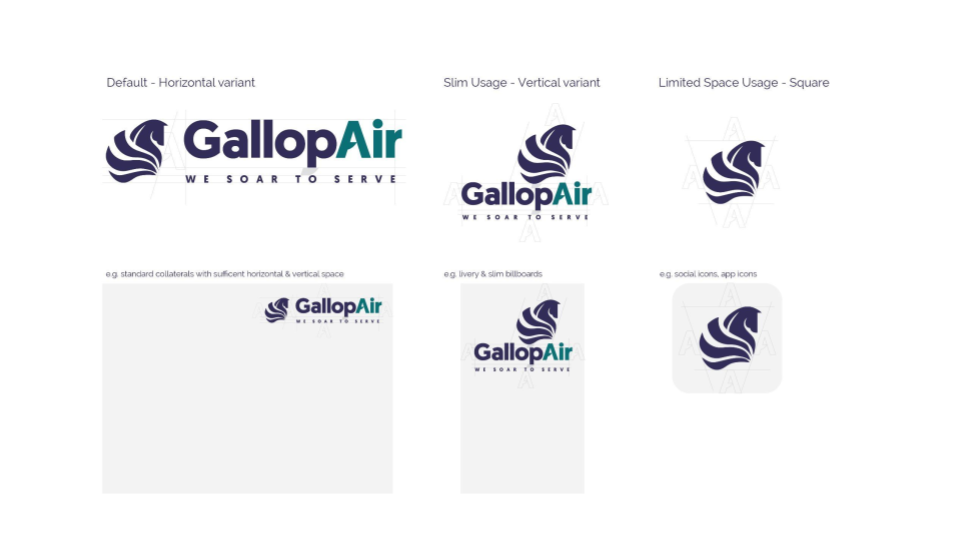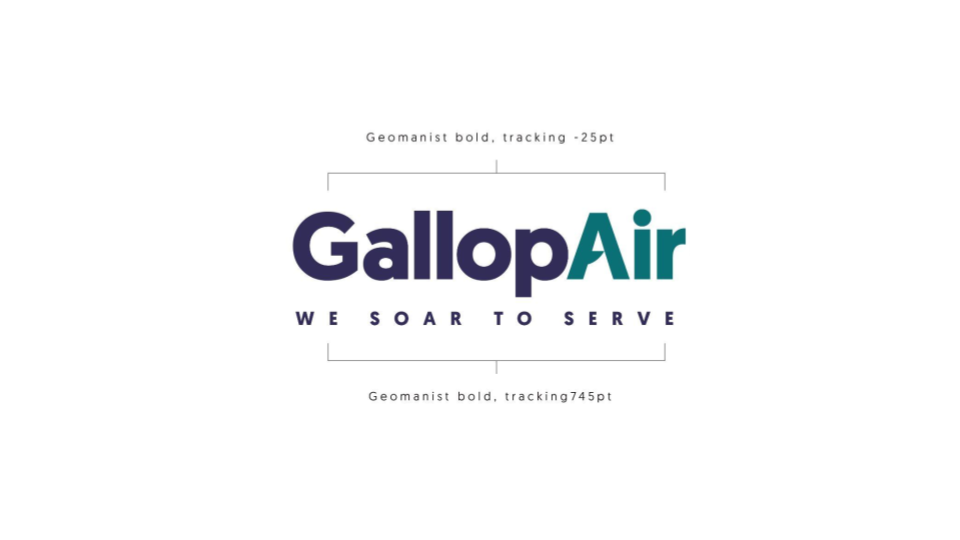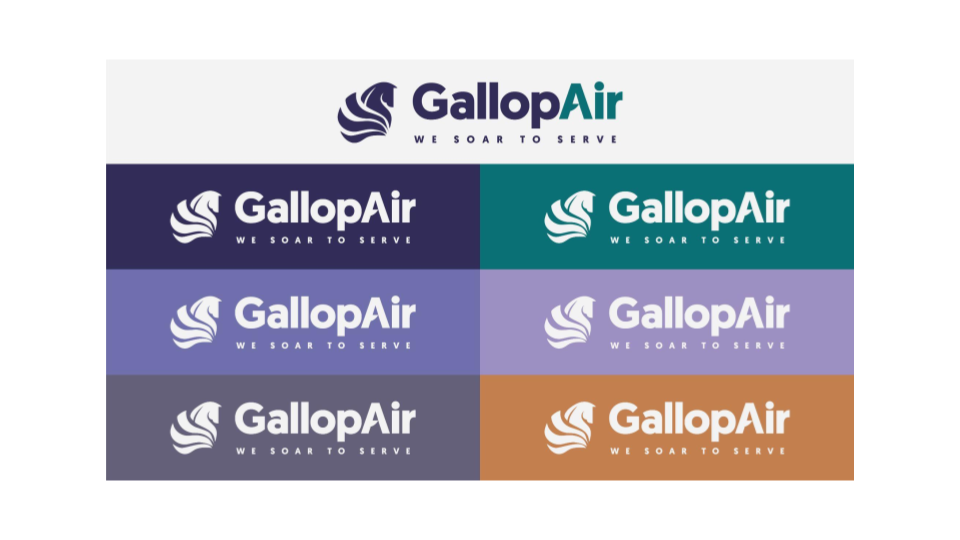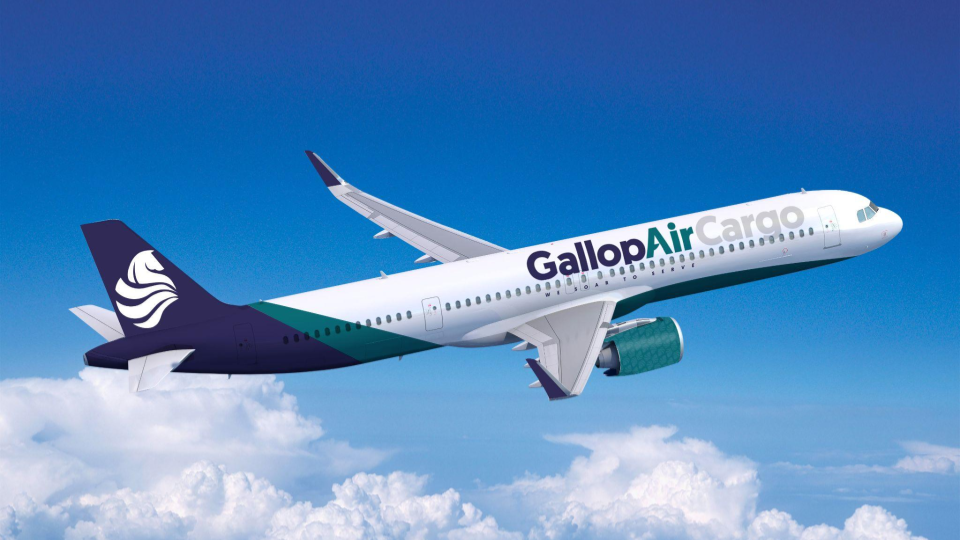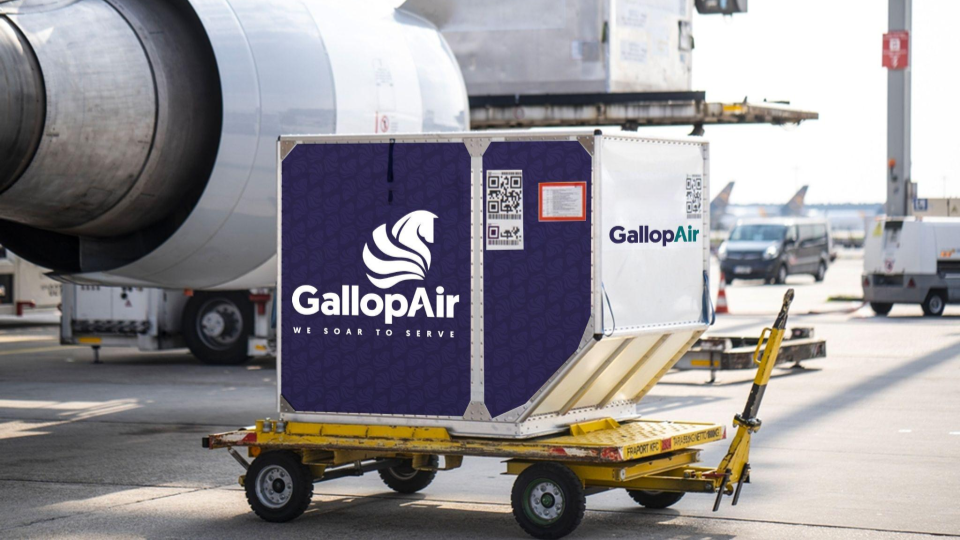Logo design
For a brand, a logo is considerably the most valuable asset. A well-designed logo can help to build brand awareness, create a positive brand image, and foster customer loyalty. Investing in a professional logo design is essential for any brand that wants to succeed in today’s competitive marketplace. A brand needs a logo for several key reasons:
- First Impression: A logo is often the first impression people have of a brand, and it plays a crucial role in shaping their perception. A well-designed logo can communicate your brand values, mission, and personality in an instant.
- Instant Recognition: A strong logo allows customers to instantly recognize your brand, even without seeing your name. This recognition is essential for building brand awareness and trust.
- Standing Out: In a crowded marketplace, a well-designed logo can help your brand stand out from the competition. It can differentiate you from other brands and establish your unique identity.
- Professionalism and Credibility: A professional logo conveys a sense of professionalism and credibility to your target audience. It shows that you take your brand seriously and are committed to quality.
- Consistency Across Platforms: Your logo should be used consistently across all marketing materials, from websites and social media to printed materials and packaging. This consistency helps to solidify your brand identity and build brand recognition.
- Memorable and Emotionally Impactful: A well-designed logo can be memorable and evoke positive emotions in viewers. This emotional connection can help to build brand loyalty and encourage customers to return.
- Versatility and Adaptability: A good logo should be versatile and adaptable enough to work well in a variety of sizes and applications. This is important for using your logo effectively across all marketing channels.
- Brand Storytelling: A logo can be a powerful tool for storytelling. It can help to communicate your brand's values, history, and mission in a visual way. Building Brand Loyalty: A well-designed logo can help to build brand loyalty by creating a positive association with your brand in the minds of customers.
Case Studies:
A logo plays a critical role in an airline’s success by serving as its visual identity and impacting everything from brand perception to customer loyalty. Here are some key applications of a logo for an airline:
- Aircraft Branding: The logo is displayed prominently on the aircraft's fuselage, tailfin, and even engine nacelles, making the airline instantly recognizable even from afar. Airport Signage and Branding: The logo appears on airport check-in desks, baggage claim areas, and other airport signage, further reinforcing brand identity.
When designing a logo, we should follow the best practices. Here are key guiding principles:
- Simplicity: A simple logo is easy to remember, understand, and reproduce across different mediums.
- Versatility: Your logo should work well in different sizes and applications, from websites to business cards to billboards.
- Timelessness: Avoid trendy elements that will quickly become dated. Aim for a logo that will look good for years to come.
- Memorability: A good logo should be unique and memorable, leaving a lasting impression on viewers.
- Clarity: The logo should be clear and easy to understand, even when viewed from a distance or in small sizes.
- Understand your brand and audience: Your logo should reflect your brand identity and resonate with your target audience.
- Start with brainstorming and research: Gather ideas and inspiration before you start designing.
- Sketch out your ideas: Get your ideas down on paper before you start working on a computer.
- Use negative space effectively: Negative space can be just as important as the positive space in your logo.
- Choose colors carefully: Color can have a powerful impact on emotions and perception.
- Use a quality typeface: The typeface you choose should be easy to read and complement the overall design.
- Test your logo on different mediums: Make sure your logo looks good in print, online, and on different surfaces.
- Get feedback from others: Ask people for their honest feedback on your logo design.
- Be willing to iterate: Don't be afraid to revise your logo based on feedback and testing.
The Dos and Don’ts
